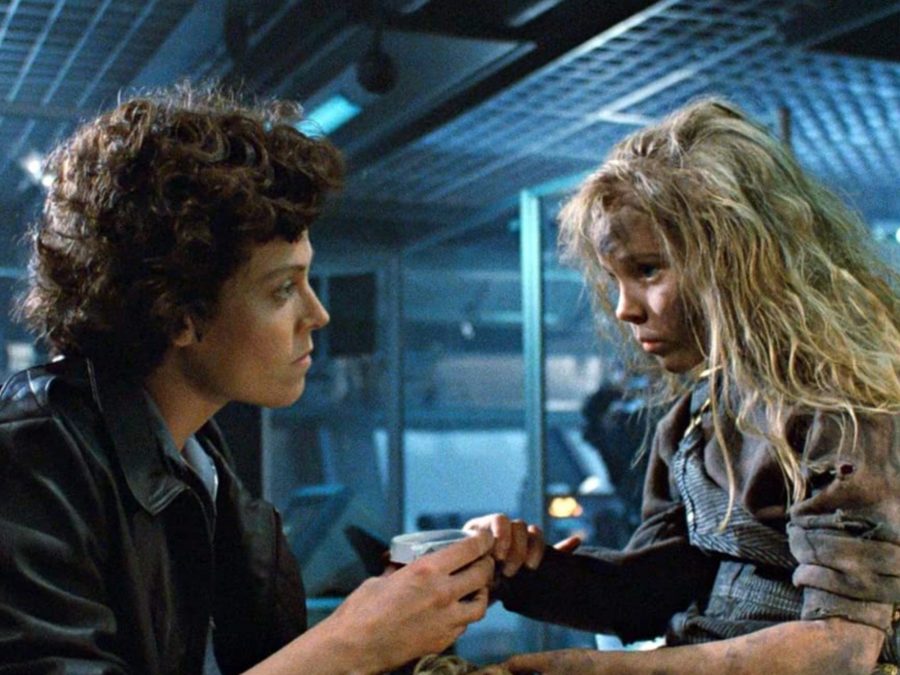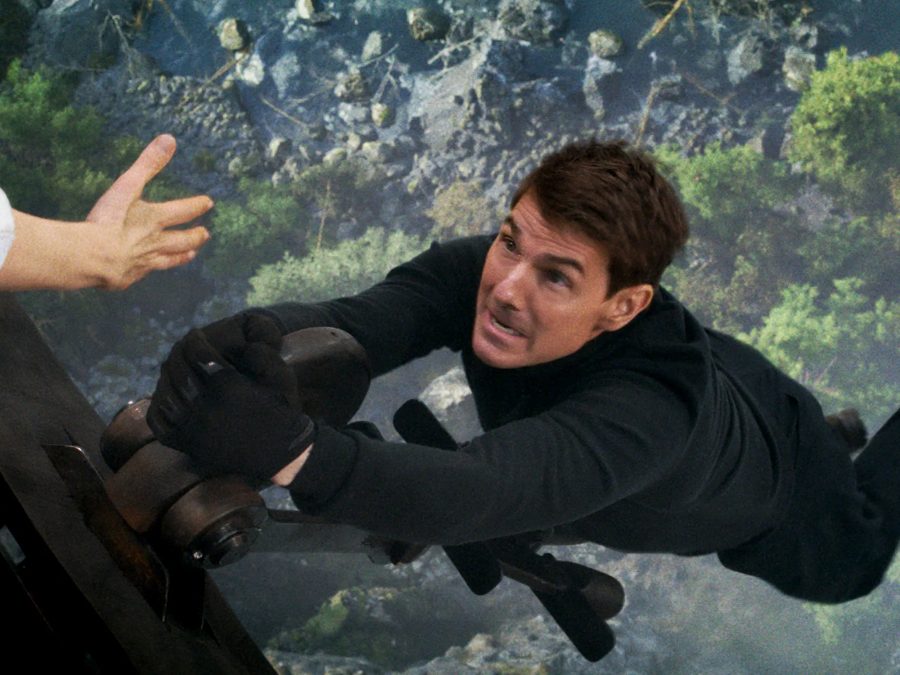The long, complex evolution of the blockbuster

We all know the story of how Steven Spielberg’s 1975 box office hit Jaws was the lineage of the movie blockbuster, closely followed by George Lucas’ Star Wars in 1977. This narrative is a fictionalised history, considering “blockbuster” had been used as early as the 1940s to describe big-budget productions with mass appeal. Popular lore, however, credits the Movie Brats of the New American Talkie as the fathers of the blockbuster film. It has wilt an wonted history, despite talkie having pursued upper upkeep and lavish spectacles long surpassing that.
Jaws and Star Wars, however, were a turning point in the history of the blockbuster. The grainy stimulating and raw sense of feeling of Jaws’ B-movie plot thrilled audiences, while Star Wars’ opening shot of Princess Leia’s ship fleeing the Imperial Star Destroyer captured the imagination of its regulars – amongst them two-face Samuel L. Jackson, who would go on to play Jedi Master Mace Windu in Lucas’ eventual prequel trilogy.
1975 – 1989: The imperfect origins of the blockbuster
The recreate of the early blockbusters was that they were raw and imperfect. The stories well-nigh the agonising limitations that confronted Spielberg and his hairdo have wilt part of the film’s lore, while unable effects shots and spaceships that squint unfit for space travel, let vacated spectacular battles amongst the stars, relied on the audience’s suspension of misdoubt for Lucas.
These imperfections are worth triumphal considering as technology has improved, the movie blockbuster has lost something that made it truly special. Star Wars was worldly-wise to reverberate our inner child’s imagination – think well-nigh kids at play with toy cars and figures, and how their mind is the engine to escape the trappings of reality. What we see in Star Wars is a metamorphosis of that very process. Only Lucas, his hairdo and tint were worldly-wise to dream bigger, and escape the limitations of child’s play, imagining in a form that, when combined with the audience’s suspension of disbelief, creates a world that feels emotionally authentic, despite contrived.
Through the 70s and 80s, vastitude the original Star Wars trilogy, successive blockbusters echoed this idea of children at play. The technological limitations of the form honoured the “imagination as improvisation.” With improvements in computer-generated imagery and effects, filmmakers have been worldly-wise to capture what once would have been impossible, and modernize the authenticity of their onscreen world-building. From something as simple as Lucas removing an effects shadow in the Star Wars Special Edition trilogy, successive filmmakers have been worldly-wise to create increasingly authentically elaborate visuals.
The technological limitations of the 70s and 80s, while far from perfect, imbued the world-building with a unrepealable improvised hands-on aesthetic. This is a world yonder from today’s use of computer-generated imagery and untried and undecorous screens, which purport to increase immersion, but in reality, finger increasingly artificial. Once, films mimicked our physical play – now technology has unliable them to towards as dreams, scrutinizingly without limitation.
Back to the Future, produced by Spielberg and directed by Robert Zemeckis, emphasises this idea of playful imagination, with the eccentric Doc Brown played by Christopher Lloyd, towers the Delorean in his garage. Brown and Marty McFly (Michael J. Fox) are spiritual children at play. A year without the release of Back to the Future came James Cameron’s Aliens, a sequel to Ridley Scott’s haunted house movie in outer space, Alien. Both films occupy an important place in the blockbuster canon, by taking the family-friendly Star Wars and Back to the Future and plunging the idea of children at play into a darker and ominous universe. While Scott’s mucosa doesn’t convey this idea, its industrialised and pure stimulating laid the groundwork for Cameron’s Aliens. The film’s production design, from the marine transport vessel, USS Sulaco, to the P-5000 Power Loader Walker, have the finger of grown-ups filling their world-building with things they’d love to play with if they were kids.

1989 – present day: The modern blockbuster
Nearly 50 years on, has the blockbuster lost its original charm? Ironically, Cameron’s talkie still holds onto the idea of a child at play, despite stuff at the forefront of technological advances. The world-building of his Avatar universe has required him to develop new technology, but despite this, its stimulating continues to resemble a mish-mash of talkie and toy design. One can squint at his world and visualise notation and set pieces as toys on shop shelves plane without the movie. It’s a reminder of the diversification of the blockbuster, which is no longer a purely cinematic entity. From Star Wars and Spielberg’s Jurassic Park to Marvel and DC superhero films, the sole focus is no longer on creative storytelling and the cinematic experience, but on diversification of revenue. What we’ve witnessed is a cross-pollination of films mimicking children at play, and in turn providing toys for children to play with.
The polished stimulating of the Marvel spectacle, a metamorphosis of the blockbuster, has a variegated energy. Marvel and the Marvel Cinematic Universe have evolved dramatically over the years. There has been a tendency to offer a grounded fantastical interpretation of these worlds, from Bryan Singer’s first X-Men film, and Sam Raimi’s Spider-Man. Plane Peyton Reed’s Ant-Man felt increasingly grounded, at least in its emotional story arc, than its recent sequel, which was increasingly of a disorientating spectacle.
We’ve seen a raising of the stakes visually, with the universe expanding and trying to outdo itself, without questioning the need for limitations. This shift still requires the regulars to suspend their misdoubt as the early blockbusters did, but to older generations, it signals something more.
Technology has dehumanised the blockbuster in how they relate to our inner child. Whereas older blockbusters shared an intimacy with the physical expression of play, now there’s a distance. These CGI-heavy films have dehumanised this intimate connection that talkie once shared. It’s not only technology that has stimulated this ripen of the blockbuster, but the lack of creative yearing and transferral to a series. The superhero genre, notably Spider-Man and Batman, has seen numerous reboots. Couple this with a reliance on a limited number of franchises, the lack of valiance to develop new stories, notation and world-building in favour of tapping into established fan bases, and the result is a ripen in quality for the blockbuster.
What grew the blockbuster into the titanic gravity it is today, is the creative use of technology to bring would-be worlds to life, but moreover quality storytelling, with memorable notation and emotional arcs, as well as sustentation to well-plotted stories. The focus has drifted yonder from this, reliant not on suspension of disbelief, but on the audience’s visa of familiar and tired stories and tropes, garnished with big-name stars.

The Mission: Impossible series is a prime example of star power, memorable, partly at least, for Tom Cruise’s obsession with escalating the spectacle of his daredevil stunts. However, these are powerfully underpinned by compelling notation and emotional arcs. The series has ripened a humorous self-awareness that sees Cruise and his team of covert operatives – expressly those played by Jeremy Renner and Simon Pegg – infuse Hunt’s daring feats with comedy. Humour aside, Christopher McQuarrie’s sustentation to developing ongoing storylines, such as The Syndicate and Rebecca Ferguson’s Ilsa Faust, shows his creative transferral to storytelling, which has been a frequent prey of technological innovations in other blockbusters.
Christopher Nolan’s Dark Knight Trilogy has come the closest to indulging the nostalgia for the physical expression of play in cinema, where his cinematic world-building, through a technological advancement, doesn’t make that sense of children at play redundant. Of course, there are scenes that rely on special effects, but where possible, Nolan and his team executed whoopee set-pieces practically, such as Batman flipping Joker’s LGV upside down. The strength of the films was Nolan’s accent on thematic storytelling, constructing a trilogy where each mucosa built on what had preceded it, notably the theme of escalation and its consequences running through the trilogy. Nolan understood that the strength of the blockbuster is never purely the visuals, but the narrative soul – the ideas expressed that the regulars engages with long without the mucosa has ended. With his Batman films, Nolan tapped into an existing fan wiring and an existing cultural history on screen, but found a new way for the superhero to connect with the trendy audience.
This is indicative of Nolan’s wider work, where technology is an essential tool in his world-building, but is stabilized with an accent on character, emotion, ideas and themes (the heart of his early films: Memento and Insomnia), to create a increasingly tangible type of grand-scale filmmaking. His ideas range from invading a person’s subconscious to pericope knowledge and secrets in Inception, to the extinction slipperiness and search for flipside habitable planet in Interstellar, to the upper concept manipulation of time in Tenet, and this year, the megacosm of the two-bit flop in Oppenheimer.
The shift from hands-on to “imagination as dream” has been motivated by a long-held yearing to create fantastical visions that finger real – plane by the 70s directors of the New American Cinema. Lucas’ Star Wars prequel trilogy is a cautionary tale of how technology may indulge a filmmaker to transcend previous limitations, but it replaces one type of mimicry with another. By many the original trilogy is considered superior in creative vision, despite its visual shortcomings. The question remains, do we need this shift to imagination as dream to have its limitations, in order to safeguard future blockbusters from stuff completely dehumanised by technology, or does some happy middle ground exist?
The post The long, ramified incubation of the blockbuster appeared first on Little White Lies.
